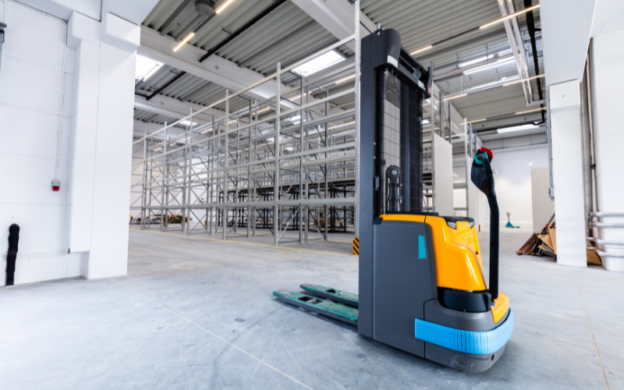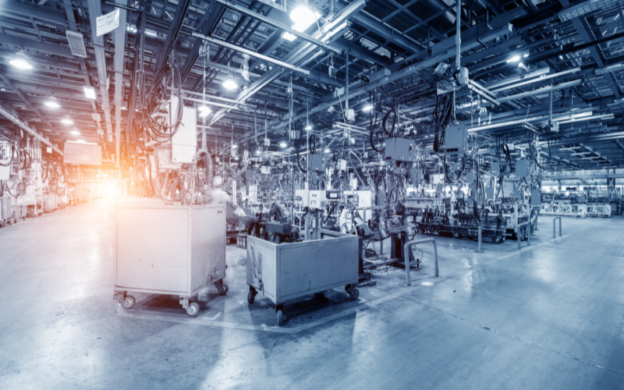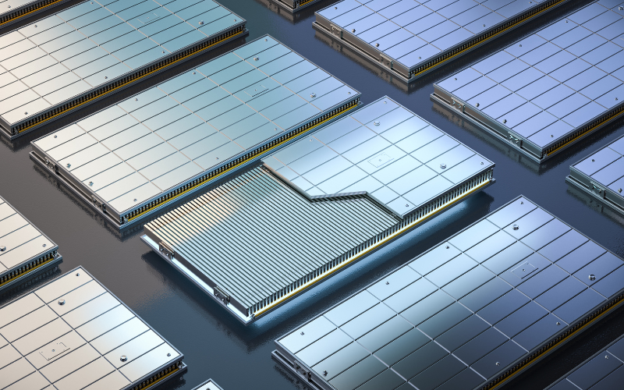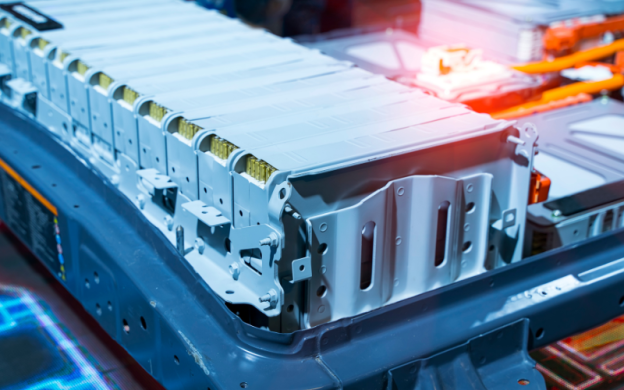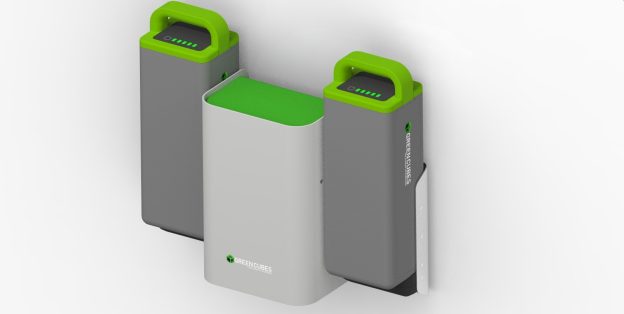Logistics is a very important part of moving goods around the world. With this much responsibility comes a big need to save energy and run the business more efficiently. Traditional methods, like using lead-acid batteries for tools like pallet jacks, are slowly being replaced by better ones. As a better option, lithium pallet jack batteries have come on the scene, helping businesses cut down on energy costs and boost output.
This article explores how lithium batteries are transforming logistics operations, why they are a better option compared to traditional alternatives, and the role of industrial battery manufacturers in the USA in this change.
The Benefits of Lithium Pallet Jack Batteries
Lithium pallet jack batteries are useful for many reasons in logistics. They offer big improvements in how much energy they use, how well they work, and how environmentally friendly they are.
1. Lower Energy Costs
Energy costs are a major concern in logistics. The energy used by lithium batteries is greater than that of lead-acid batteries. They get charged faster and use up less power. This means that companies with more than one shift will save a lot of money on their electricity bills. Battery charges can be done during breaks because they don’t take as long. In general, this means you don’t need as many extra batteries and use less power.
2. Better Operational Performance
The operational advantages of lithium pallet jack batteries are hard to overlook. There are fewer breaks during shifts because they run for longer. The power level of lithium batteries stays the same during their runtime, unlike lead-acid batteries that slow down as they lose power. For warehouses and distribution centers that are always busy, this feature is very helpful because any downtime can hurt work.
Lithium batteries can also be used right away because they don’t need to cool down after charging. The smooth transition from charging to operation maintains productivity.
3. Reduced Environmental Impact
Lithium batteries are a more environmentally friendly option. They have a lower carbon footprint compared to lead-acid batteries, which release harmful emissions during charging. Lithium batteries are a better option for companies wishing to implement sustainable practices because they are completely recyclable.
By switching to lithium pallet batteries, companies can contribute to a cleaner environment while benefiting from reduced energy use and waste.
Lithium Batteries vs. Traditional Alternatives
It’s important to understand how lithium pallet jack batteries outperform traditional lead-acid batteries in key areas.
1. Charging Time
The lengthy charging time of lead-acid batteries is one of their main disadvantages. A lead-acid battery normally takes 6 to 8 hours to fully charge, and then it needs more time to cool down before use. Lithium batteries, on the other hand, can be used right away after being charged for less than two hours. This quick charging feature keeps equipment running and cuts down on downtime.
2. Maintenance
Lead-acid batteries require regular maintenance, including topping up with water, cleaning, and monitoring for corrosion. They can become less efficient and have a shorter lifespan if these tasks are neglected. Because lithium batteries require no maintenance, warehouse operations can save money on labor and time.
3. Lifespan
Lithium batteries last far longer than lead-acid batteries. Sometimes a lithium battery can be used 3,000 to 5,000 times, but a lead-acid battery might only last 500 to 1,000 times. This makes them last longer, so they don’t have to be replaced as often, which saves money in the long run.
4. Energy Efficiency
Comparing lithium batteries to lead-acid batteries, the former lose less energy during charging and discharging. More reliable performance and reduced energy costs are the results of this efficiency.
The Role of Industrial Battery Manufacturers in the USA
As the logistics industry shifts towards lithium pallet batteries, industrial battery manufacturers in the USA are playing a key role in supporting this change. These producers provide premium lithium batteries designed to satisfy the particular requirements of logistics processes.
Partnering with reliable manufacturers is important for businesses aiming to adopt lithium battery technology. Experienced manufacturers provide guidance on battery selection, compatibility, and proper usage. To maximize the value of the purchase, they also provide warranty coverage and after-sales support including maintenance ideas.
Several industrial battery manufacturers USA have made significant contributions to advancing lithium battery technology. They are helping businesses transition smoothly by offering innovative products that meet modern logistics demands.
Steps to Switch to Lithium Pallet Jack Batteries
Logistics operations can be made much better by switching to lithium pallet jack batteries. To make the change go smoothly, follow these steps:
1. Assess Current Equipment
Evaluate your existing pallet jacks and other equipment to determine compatibility with lithium batteries. Older models might call for changes or upgrades to fit the new batteries.
2. Work with Reliable Manufacturers
Choose a trusted industrial battery manufacturer in the USA to guide the transition process. A reliable partner can help you find the right lithium battery models for your equipment and offer installation support.
3. Train Your Team
Show the new batteries to your team and teach them how to use them correctly. Workers should know how to handle, charge, and store lithium batteries so that they work well and last as long as possible.
4. Monitor Performance
Once the batteries are in use, monitor their performance and energy savings. Collect data on charging times, runtime, and overall efficiency to measure the benefits they bring to your operations.
Why Lithium Batteries Are the Future of Logistics
Companies that work with logistics and want to save money and use less energy can use lithium batteries. They are better for demanding environments because they last longer, need less maintenance, and charge faster.
As industrial battery manufacturers USA continue to refine lithium battery technology, businesses have more opportunities to upgrade their operations. Adopting lithium pallet batteries is a step towards modernizing logistics practices while contributing to sustainability.
Conclusion
For logistics operations, switching to lithium pallet jack batteries has several advantages. These batteries support eco-friendly practices, lower energy costs, and enhance operational performance. They are an affordable option for businesses due to their long lifespan and low maintenance needs.
For logistics firms, this shift has been facilitated by the backing of industrial battery producers in the United States. Through equipment evaluation, partnering with reputable suppliers, and employee training, businesses can fully benefit from these batteries.
Purchasing lithium pallet jack batteries is a wise move for businesses looking to streamline their operations.

